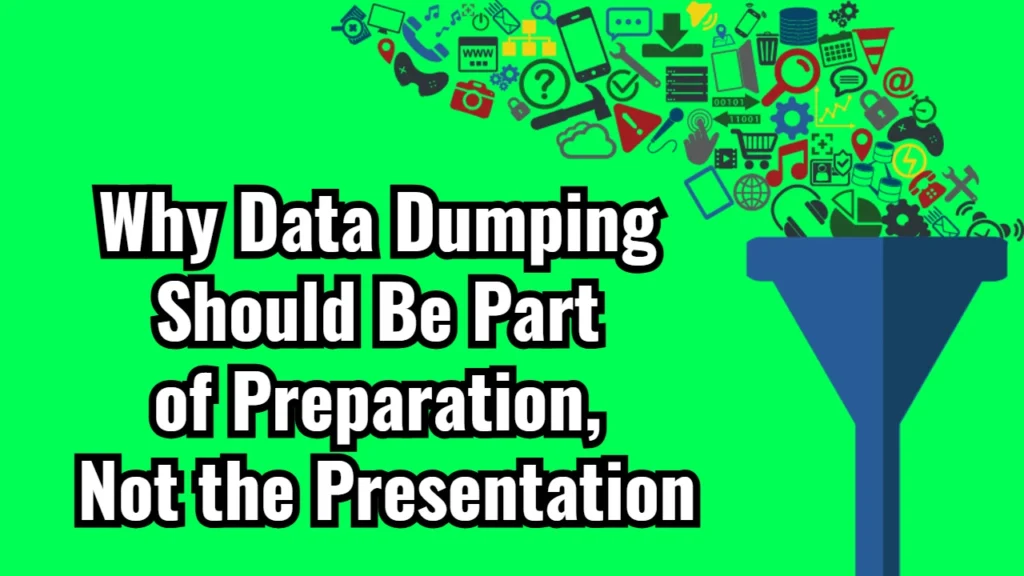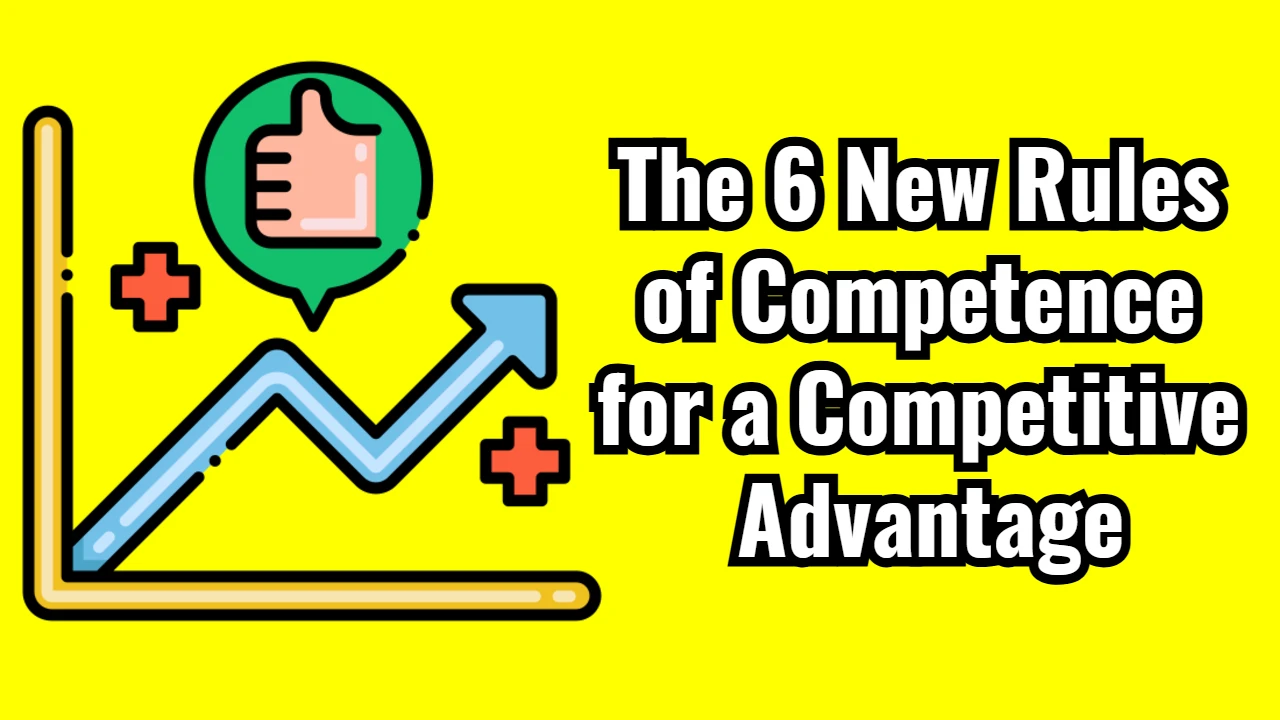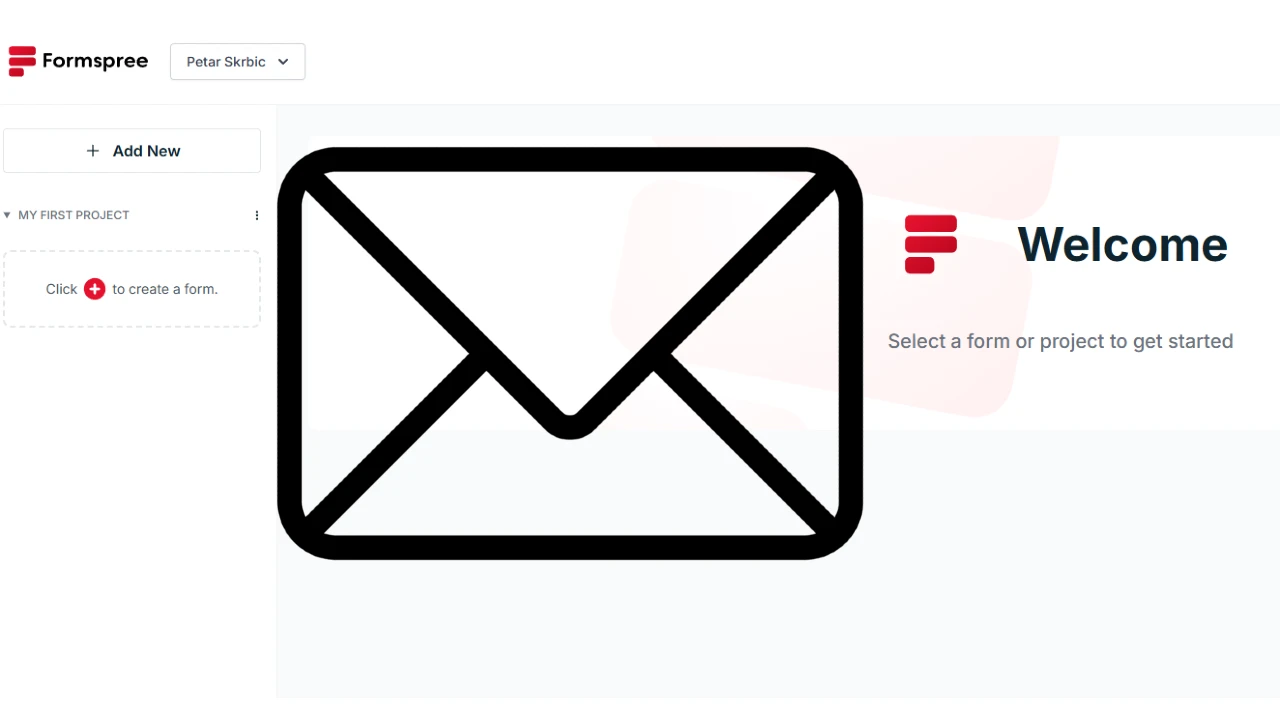As someone who has worked on developing and pitching software applications, I’ve learned that the way we present our ideas is just as important as the ideas themselves. One of the most valuable lessons I’ve encountered comes from Jerry Weissman’s book on presentations, where he emphasizes that data dumping should be part of the preparation, not the presentation.
This principle means that when we present a product—like the Pepco Memory Game App—we should avoid overwhelming the audience with raw data and instead focus on the most relevant and impactful points.
In this article, I’ll break down this idea and apply it to a real-world scenario: presenting the Pepco Memory Game App to Pepco executives. We’ll first gather all the raw data we could use to support our pitch, and then we’ll refine it into a clear, focused presentation that communicates the app’s value effectively.
Step 1: Gathering the Data (The Preparation Phase)
Before we craft our pitch, we need to collect all possible data related to why the Pepco Memory Game App would be a great fit for Pepco. This step is essential, but it’s not what we’ll present directly. Instead, we’ll use it to extract the key takeaways.
Data Collection: Why Would the Pepco Memory Game Fit Pepco?
1️⃣ Pepco’s Business Model & Market
- Pepco is a discount retailer with a strong presence in Serbia, Croatia, Bosnia, and Romania.
- The company’s customers are mainly families, budget-conscious shoppers, and parents looking for affordable products.
- Pepco focuses on high turnover, low-margin products—so brand engagement and in-store traffic are key to success.
2️⃣ Customer Behavior & Engagement Trends
- Today’s consumers are looking for interactive and engaging experiences, not just advertisements.
- Studies show that gamification increases engagement rates by 60%+ compared to traditional marketing.
- Social media sharing is a major driver of brand visibility—85% of consumers trust recommendations from friends and family over ads.
3️⃣ Memory Games & Shopping Psychology
- Memory games improve brand recall—players subconsciously memorize product images and prices.
- This effect has been scientifically proven in marketing psychology, where repeated exposure to images increases the likelihood of purchase.
- Retail brands using gamification (e.g., Lidl’s digital scratch cards) have seen an increase in store visits and sales.
4️⃣ Technical Feasibility & Integration with Pepco
- The game runs on web browsers with no installation required, making it easy to access.
- Dynamic product updates ensure that customers always see the latest inventory.
- Built-in social sharing encourages viral marketing without additional ad spend.
At this point, we have gathered a solid amount of data. If we were to present all of it at once, it would overwhelm our audience, our clients in this case. Instead, we need to filter and organize it into a compelling story.
Step 2: Creating the Presentation (The Communication Phase)
Now that we’ve collected our data, we don’t dump it all into the presentation. Instead, we extract only the most impactful insights that directly support our case.
Presentation Title:
📢 “Engaging Customers Through Play: How the Pepco Memory Game Can Drive Store Traffic and Sales”
Slide 1: The Problem
🛑 Challenge: Pepco needs to enhance customer engagement and brand recall in a competitive retail market.
👥 Fact: Consumers are bombarded with ads daily, and traditional marketing alone is not enough to hold their attention.
Slide 2: The Solution
🎮 The Pepco Memory Game
- A fun, interactive way for customers to engage with Pepco’s products.
- Simple gameplay that appeals to both kids and adults.
- Helps customers remember product images & prices, increasing purchase likelihood.
Slide 3: Why It Works
🧠 Memory Games Boost Recall
- Studies show that interactive experiences lead to 60% higher engagement.
- Players who see a product in a game are more likely to recognize it in-store.
📢 Built-in Social Sharing
- Customers can share their high scores on WhatsApp, Viber, and Facebook.
- This creates organic brand exposure with zero ad spend.
Slide 4: Business Impact
📈 Expected Results for Pepco
✔ Increased Store Traffic – Players are incentivized to visit Pepco to find the products they’ve seen.
✔ Higher Customer Engagement – A fun experience leads to longer brand interactions.
✔ More Social Media Visibility – Customers share their scores, spreading Pepco’s brand online.
Slide 5: How It Fits Into Pepco’s Digital Strategy
🔹 Seamless Web Integration: No app download required, runs on all devices.
🔹 Dynamic Product Updates: Always showcases Pepco’s latest inventory.
🔹 Low Maintenance & High ROI: Minimal effort required from Pepco’s team.
Slide 6: Next Steps
🚀 We propose a pilot launch to test engagement rates and refine the game before a full rollout.
Final Thoughts: Why This Works
By applying Jerry Weissman’s principle, we’ve transformed a data dump into a concise, compelling presentation.
Instead of throwing every statistic at the audience, we:
✅ Framed the problem (Why Pepco needs engagement).
✅ Introduced the solution (The memory game).
✅ Backed it with key evidence (Memory games boost recall, social sharing drives engagement).
✅ Showed business impact (Increased store visits & social visibility).
✅ Provided a clear next step (Pilot launch).
This way, we keep our audience engaged and focused on what matters most.
Conclusion
When pitching a product—whether it’s software like the Pepco Memory Game or any other business solution—it’s crucial to remember that data dumping belongs in preparation, not the presentation.
🔹 Do the research, gather the facts, and analyze the data.
🔹 Then, extract only the most relevant insights to tell a compelling story.
🔹 Your audience doesn’t need to know everything—only what convinces them to take action.
If you follow this principle, your presentations will be sharper, more engaging, and more persuasive.




